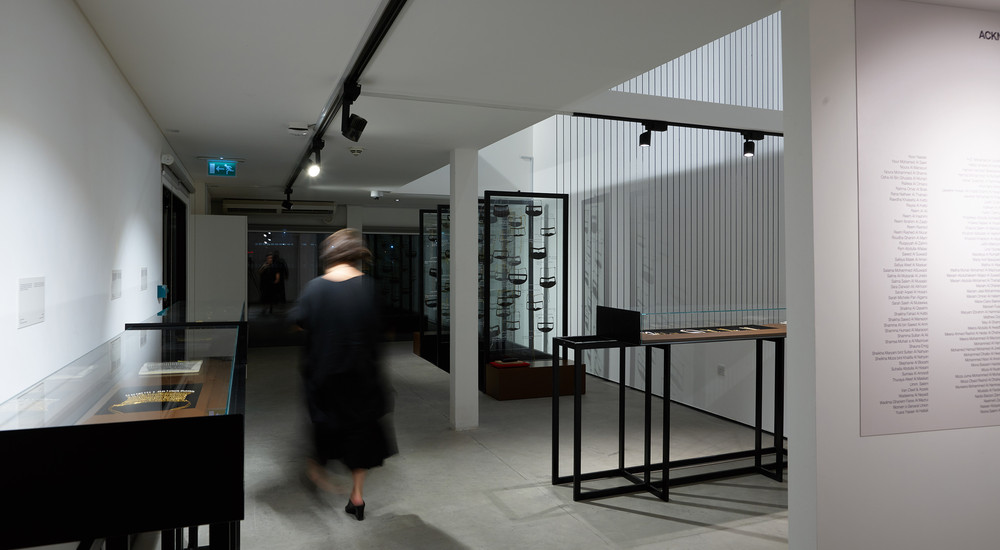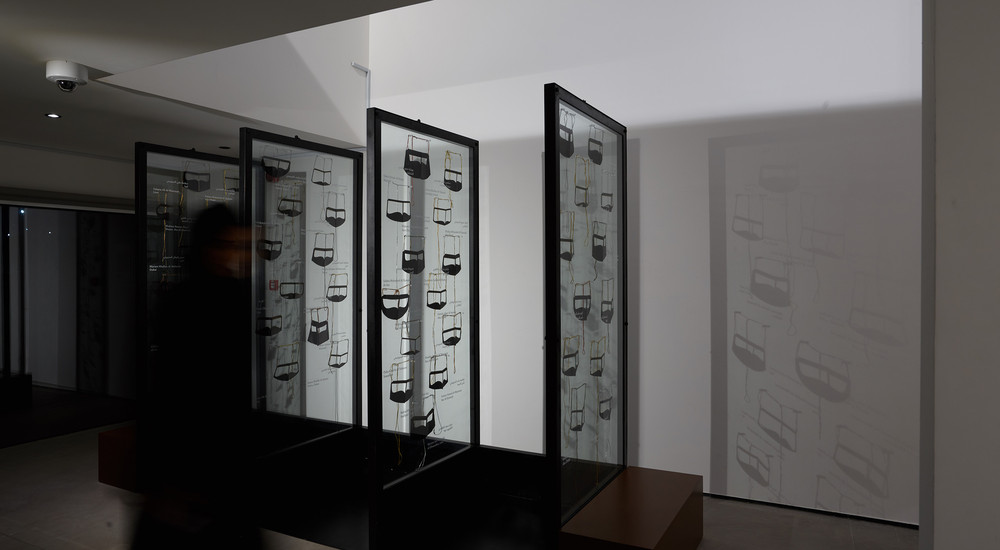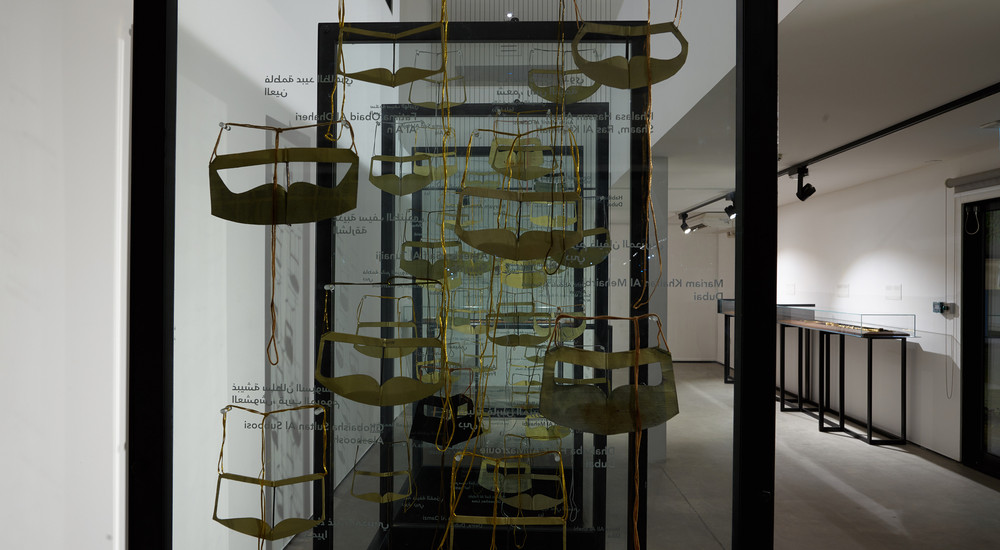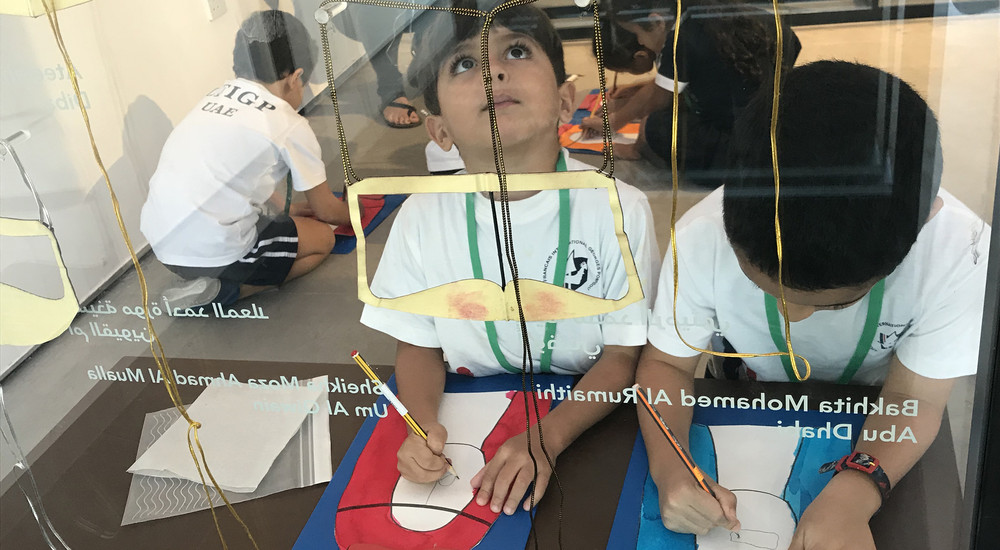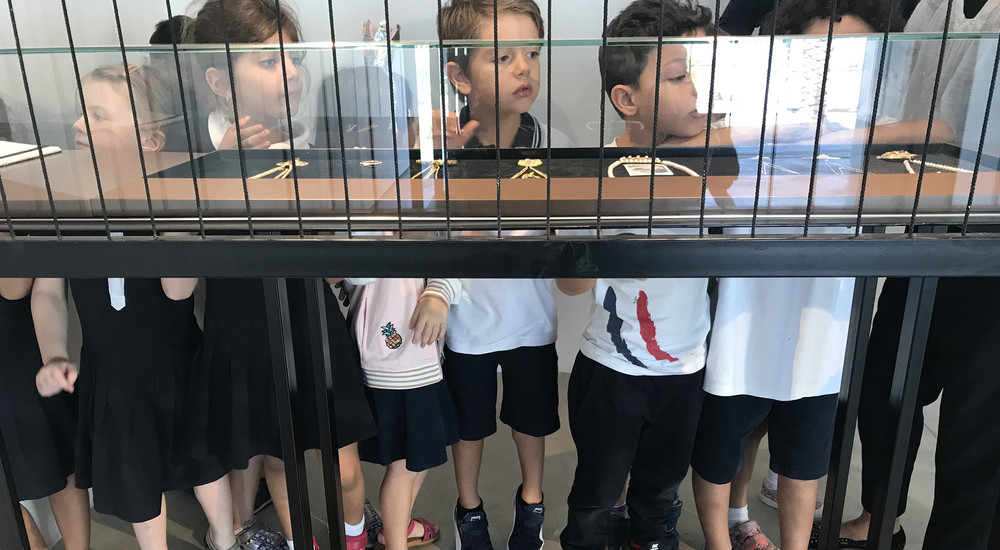Emirati Adornment: Tangible and Intangible
L'Ecole Van Cleef and Arpels, Dubai Design District, Dubai, 2017
The Lest We Forget book and exhibition, Emirati Adornment: Tangible and Intangible, present a fascinating exploration of Emirati identity, aesthetics and cultural history conveyed through various modes of adornment. Adornment speaks to a universal, deep-rooted desire to beautify, ornament, and embellish. The reasons for enhancing one’s appearance through adornment are profound. Modes of adornment can be culturally specific as well as personal. They can indicate tribal, religious, political, and national affiliations. They can distinguish social, economic, educational, and professional status. They can demonstrate aspirations, ethics, and achievements. Adornment is a multi-faceted, meaningful expression of identity.
The exhibition broadly recognizes the compelling, dualistic nature of adornment, which can be either ‘tangible’ or ‘intangible,’ enduring or ephemeral. Tangible, physical, and lasting forms of Emirati adornment include garments, burqa, jewelry, weapons, attributes, accessories, and footwear. Intangible, temporal and impermanent forms of Emirati adornment include the application of henna, kohl, fragrance, and cosmetics, as well as grooming, nail care, and hairstyles.
Both tangible and intangible forms of Emirati adornment hold valuable ‘intangible’ cultural heritage: the creative spirit, knowledge, skills and aesthetic sensibilities that have been passed down from one generation to the next. The exhibition considers the circumstances and people who created, wore, and shared diverse forms of adornment. Emirati adornment, in all its complexity and beauty, is revealed through evocative personal examples with insights offered by Emirati people. These memories and reflections invite conversation about the significance of adornment as an exquisite form of traditional and contemporary cultural expression.
